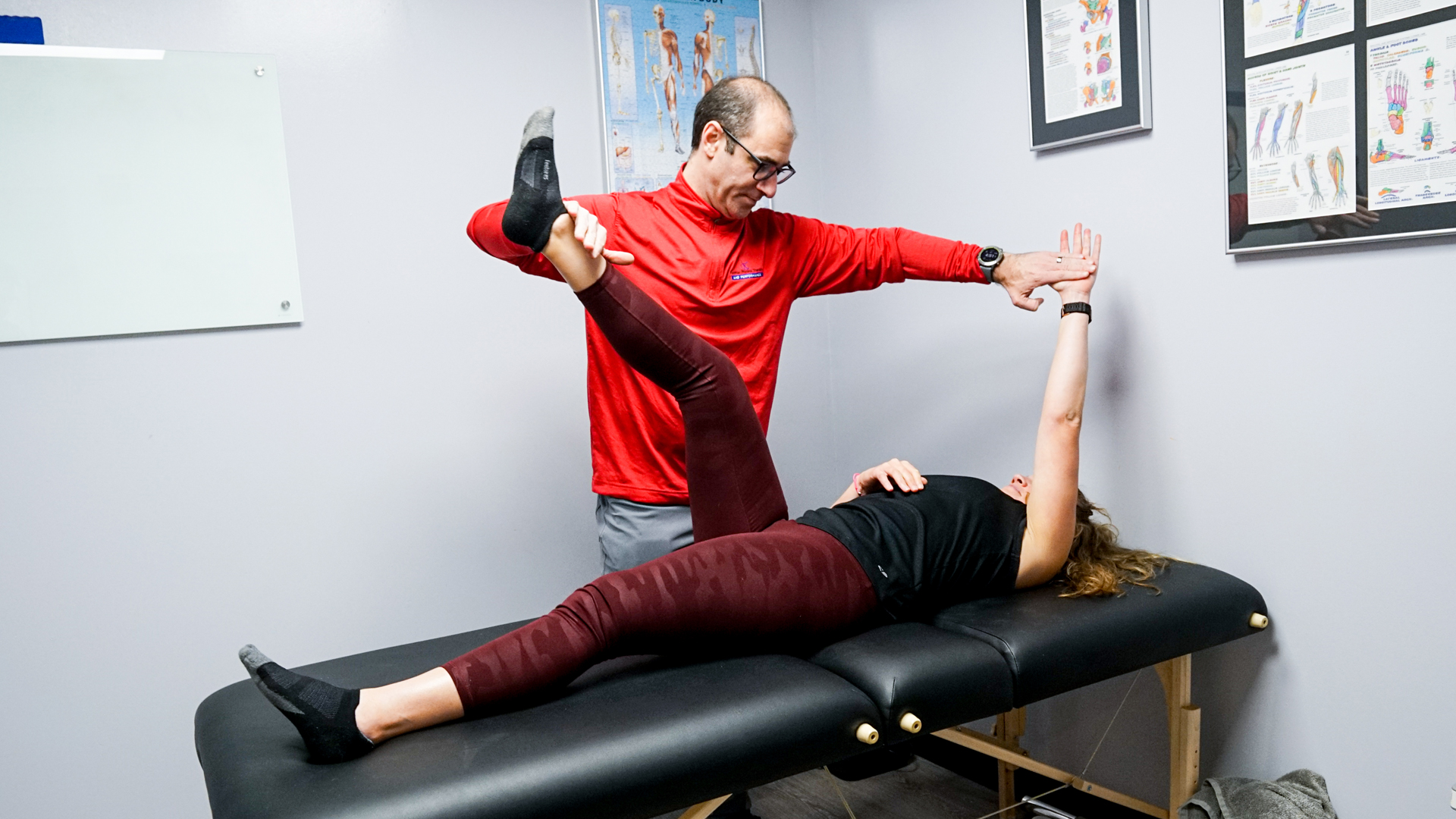Mastering the Science of Ergonomics to Optimize Comfort and Productivity in Office Settings
Mastering the Science of Ergonomics to Optimize Comfort and Productivity in Office Settings
Blog Article
Refining this discipline of workplace optimization is essential for creating professional environments that advance postural health and productivity. Workplace ergonomics is the science of designing occupational settings, equipment, and responsibilities to fit the needs of employees. By emphasizing how users utilize their workspace, businesses can alleviate discomfort and prevent repetitive stress disorders. An ergonomic workspace supports natural movement and lessens strain, which can contribute to improved performance and well-being among employees.
One foundational aspect of human factors design is the arrangement of fixtures and tools. Desks should be at a position that permits employees to work with their forearms at a 90-degree angle while keyboarding. Chairs should provide adequate support for the lower back, promoting spinal alignment. Additionally, monitors should be mounted at visual height to avoid upper-body stress. By verifying that these factors are properly configured, staff can sustain a ergonomic position throughout their workflows, reducing fatigue and enhancing cognitive performance.
A further notable dimension in an optimized workspace is the use of ergonomically-designed technologies and hardware. This includes input devices, pointing devices, and other instruments crafted to minimize RSIs. For instance, using an split-key keyboard can aid in reduce wrist pain caused by prolonged typing. Furthermore, adjustable chairs and convertible desks empower employees to modify their position throughout the day, which can ease physical stress and increase physical endurance. Allocating resources toward industry-grade ergonomic furnishings can result in sustainable work habits and higher productivity rates.
Lighting is also a core pillar in workspace ergonomics. Effective lighting can reduce eye strain and make it easier to concentrate on their work activities. Natural light is ideal, but if that is not accessible, using customizable artificial lighting can aid maintaining a comfortable atmosphere. It is necessary to avoid overhead fluorescent lights that may induce headaches or fatigue. By providing adequate lighting, workspace planners can create an environment that advances both visual ergonomics and output.
Finally, promoting scheduled breaks is key for sustaining an ergonomic workspace. Reminding workers to take brief breaks can help disperse fatigue and cognitive strain. During these breaks, users should be advised to stretch or change location to stimulate circulation. Integrating routine break times can help establish a routine that protects look at this now human performance without compromising output. Ultimately, mastering ergonomics in the office not Read More Here only enhances physical health but also cultivates a more productive work culture where professionals can excel.